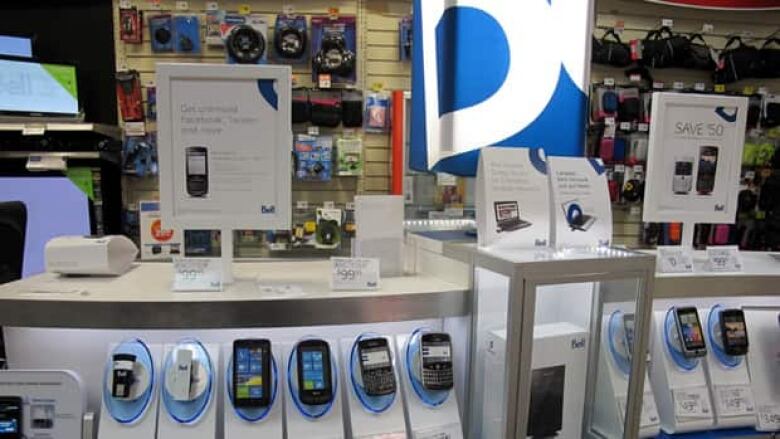Bell tags 4G label on existing HSPA wireless network

BellMobilityhas joined other Canadian and U.S. cellphone service providers inadvertising its existing HSPA wireless networks, whichup to now have been known as third generation or 3Gnetworks,as 4Gthe next generation of speed.
Bell Canada spokesman Jason LaszloconfirmedthatBell will now distinguish any service slower thanthree megabits per second(Mbps) as 3G and anything faster than that as 4G (fourth generation). The change was mentioned in a leaked internal memo posted online Tuesday on the website Boy Genius Report.
The International Telecommunications Union originally defined 4G speed asreferring to Long Term Evolution mobile standards, or LTE, a new generation ofwireless technology that has not yet been deployed butwhich can potentially offer speeds of 100 Mbps.
That is significantly faster thancurrentHSPA technology used by Bell, Rogers and Telus, which generally reaches up to 7.2 Mbps.Even HSPA+, known as 3.5G,only reaches speeds of 21 Mbps.
Under the ITU's initial classification, no commercial4G networks existed, but the requirements have been revised several times to address the large gap between 3G and the defined4G speeds.
In December, the ITU's criteria were changed to include any standard that was considered a "forerunner" to 4G or showed a "substantial level of improvement in performance and capabilities" relative to existing 3G networks, including HSPA+.
U.S. providers including Sprint, Verizon and T-Mobile immediately jumped at this opportunity and began marketing their networks as 4G connectivity. Telus followed suit, and Bell has now joined the ranks as well.
Laszlo pointed out that while the definition of 4G speeds may have changed, service providers like Bell are still actively developing and testingLTE technologythat would offer 100 Mbps speeds.
He says it is too early to tell what this upcoming technology would be named.












_(720p).jpg)


 OFFICIAL HD MUSIC VIDEO.jpg)
.jpg)



























































































